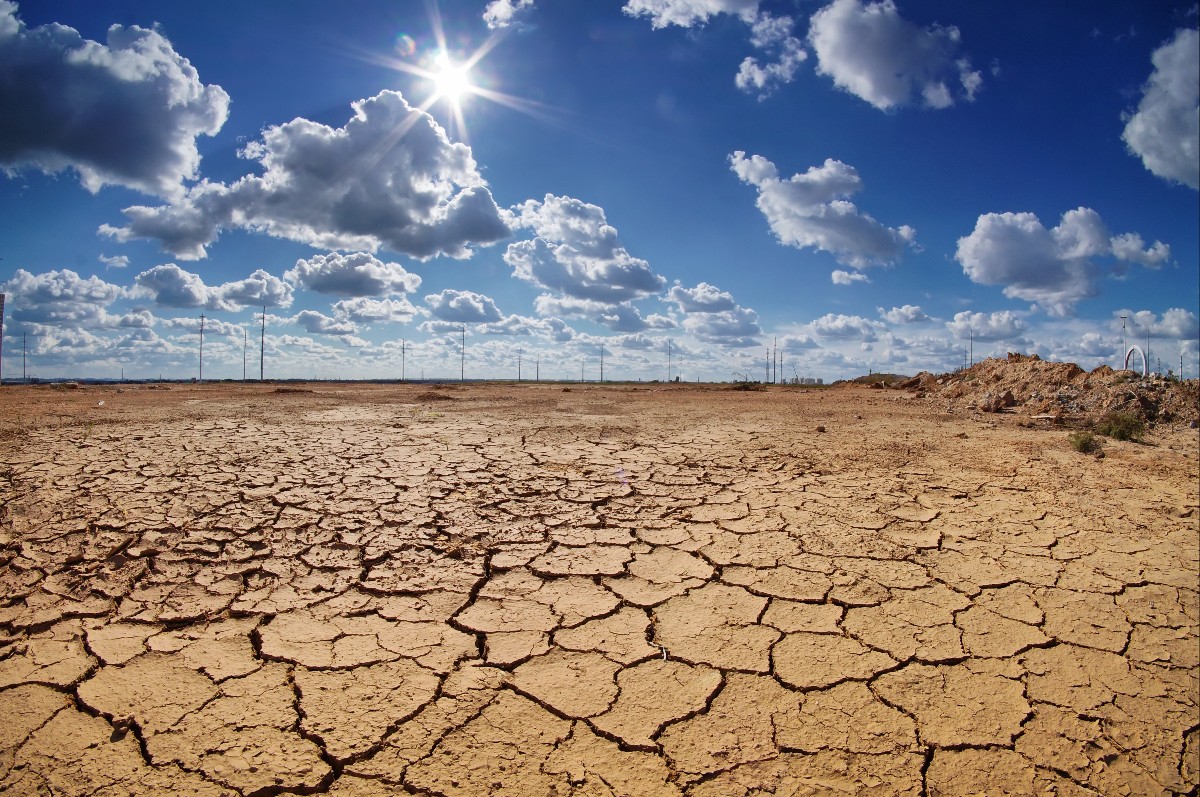
A few weeks ago several Indian states were to suffer yet again from nature’s fury while others braced for its coming impact. Cyclone Ockhi, after devastating the coasts of Kerala, Tamil Nadu and the Lakshadweep islands, moved towards Maharashtra and Gujarat once again highlighting the deadly natural disasters caused by climate change
The spectre of climate change we are witnessing now has galvanized the global community into action. Its effects like rising sea levels, melting glaciers, extreme weather events, droughts and floods have brought the issue centre-stage and highlighted the severe economic and humanitarian dimensions of the phenomenon.The Paris Agreement which was put together under the auspices of the UNFCCC at COP 21 in 2015 is a landmark event. This Agreement which came into force in November 2016, when the threshold of 55 countries signed into it,resolves to take several initiatives to keep in this century, global temperature rise to well below 2 degrees Celsiusabove pre-industrial levels and make greater efforts to limit the increase even further to below 1.5 degree Celsius. Among various measures, the Agreement requires signatories to submit Nationally Determined Contributions (NDCs) to be recorded centrally and a stock taking done once every five years.
Climate action funding has been a core subject of climate negotiations on the global stage. At the Conference of Parties at Copenhagen in 2009, developed countries pledged to jointly raise US$ 100 billion a year by 2020 in order to support climate action in developing countries. This fund aims to support poorer countries’ investment in renewable energy and green technologies, among others. These poorer counties are considered by many as those least responsible for GHG emissions and the resulting environmental degradation. At the same time these end up as the most vulnerable to the effects of climate change. Quite naturally, this realization is not universal. In terms of vulnerability, some of the least developed countries are small island nations whose very survival is threatened by sea level rise, a macabre outcome of global warming. The initial pledges towards the fund were by Japan ($ 1.5 billion), UK ($1.2billion) France ($ 1 billion) Germany ($ 1 billion) and the USA, before President Trump pulled out of the accord with $ 3 billion. The sum total of announced pledges as of mid-November 2017 was $ 10.1 billion.
Financing is a key input in our battle against climate change. Large resources are needed to fund mitigation and adaptation efforts all over the globe, particularly in the less developed countries. One can see that the contributions pledged by some of the richest nations appear to be miniscule in comparison to the targeted $ 100billion. However even this $100 billion seems well short of the projected financial flows needed. A UNFCCC paper estimated annual investment needs of $ 432 billion in 2030 for the power generation and supply sector alone, in big measure to finance renewables, nuclear and hydro power capacities. About 46 percent of this is the estimated requirement for developing countries which could result in 68 percent of the total emission reduction. Financing of climate action in developing countries will be key to achieving desired outcome on global climate change. In a business-as-usual scenario, rapid economic growth in these countries coupled with sharply rising energy consumption will contribute to emissions. In the absence of such investments, the developing countries, seeking economic growth in any case, will be pushed along less benign paths to power economic growth and thus lead to higher emissions for decades to come. The replacement of energy sources with renewables and sustainable options needs to happen soon in view of the large life cycle of investments in the sector.That is, an investment made today in non-environment-friendly capacity can continue to damage the environment for several decades. Sizeable investments could also be called for to support economic diversification for developing countries which are highly dependent on income from fossil fuels.
Other areas which call for significant capital outlays are transportation (investment in energy efficient public transport), waste management (methane capture), water conservation (to prevent use of groundwater) and agriculture (water saving and afforestation).
The requirements seem daunting but these will be required considering the scale and pace of economic degradation currently being experienced. Long term policy clarity and continuity with respect to renewables and benign technologies will be required to encourage large private investments in capital assets which are climate friendly. Similarly private investments may need large doses of fiscal incentives for investments in clean technologies especially directed at the developing countries. Such incentives could offset the risks associated with new technologies and technological obsolescence.
Another mechanism to direct funding could be strengthening the carbon market through which richer countries could make climate change mitigation investments in less developed countries and earn carbon credits to offset their emissions at home. Stiff levies and penalties on use of climate unfriendly technologies will reinforce the ‘polluter pays’ principle while making available funds for climate action. It will also accelerate the shift towards climate friendly ways of life.
The world will have to find all the will, the tools, the technologies and of course the money to ward off the ills of climate change. And do it sooner rather than later if we are to leave a better planet for future generations. As the saying goes “We don’t inherit the planet from our ancestors, we borrow it from our children”.
Climate action funding has been a core subject of climate negotiations on the global stage. At the Conference of Parties at Copenhagen in 2009, developed countries pledged to jointly raise US$ 100 billion a year by 2020 in order to support climate action in developing countries. This fund aims to support poorer countries’ investment in renewable energy and green technologies, among others.
